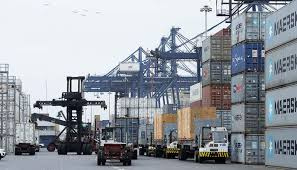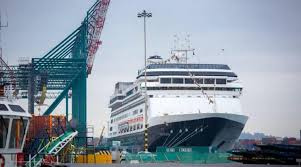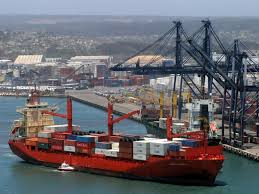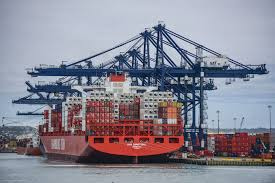How does the Port of San Antonio compare to other ports in Chile?

How does the Port of San Antonio compare to other ports in Chile?
How does the Port of San Antonio compare to other ports in Chile? The Port of San Antonio is often recognized as one of the most significant ports in Chile, but how does it really compare to its counterparts?
Understanding the nuances of its operations, capacity, and services offers valuable insight into its role within the nation’s maritime landscape.
A Brief Overview of Chile’s Port System
Chile boasts several key ports along its extensive coastline, each serving distinct functions and contributing to the overall economy.
Among the most notable are Valparaíso, Antofagasta, and San Antonio, each with unique characteristics and advantages.
As the country relies heavily on maritime trade, these ports are essential for connecting Chile to international markets.

San Antonio: The Gateway to Santiago
San Antonio is strategically located just 90 kilometers from Santiago, Chile’s capital, which gives it a significant advantage over other ports.
This proximity allows for efficient transport of goods to and from the nation’s economic center.
In contrast, ports like Valparaíso and Antofagasta are farther from the capital, which can affect their logistical operations.
Container Traffic: A Key Comparison
When it comes to container traffic, the Port of San Antonio is often at the forefront.
It handles a significant percentage of Chile’s total containerized cargo, making it a crucial player in global trade.
While Valparaíso is historically known for its container traffic, San Antonio has rapidly gained prominence in this area.
Bulk Cargo Handling
San Antonio excels in bulk cargo handling, particularly with mining products like copper, a major export for Chile.
This port’s specialized facilities make it particularly suited for the safe transport of bulk materials.
In contrast, other ports, such as Valparaíso, focus more on general cargo and passenger services.
Modern Infrastructure and Technology
One of the standout features of the Port of San Antonio is its modern infrastructure, which rivals that of leading global ports.
Recent investments have enhanced its capabilities, making it more competitive on an international scale.
Ports like Valparaíso, while historical, face challenges in updating their facilities to keep pace with modern demands.
Environmental Initiatives
In recent years, environmental concerns have become increasingly important in port operations.
San Antonio has initiated various eco-friendly practices, aiming to minimize its environmental impact.
While other ports are also working towards sustainability, San Antonio is often viewed as a leader in this area.
Economic Impact on the Region
The economic impact of the Port of San Antonio on its surrounding region is substantial.
It generates thousands of jobs and supports local industries, contributing significantly to the local economy.
In comparison, while Valparaíso and Antofagasta also have economic impacts, their influences are distributed differently due to various factors.
Challenges and Limitations
Despite its many strengths, the Port of San Antonio faces challenges, such as competition from other ports.
With Valparaíso’s rich history and Antofagasta’s mineral exports, San Antonio must continuously innovate to maintain its edge.
The need for ongoing investments and upgrades is crucial for sustaining its competitive advantage.
Connectivity and Transport Links
San Antonio’s connectivity to major highways and rail systems makes it highly accessible for cargo transport.
This logistical advantage enhances its efficiency in shipping goods to and from the capital and beyond.
While other ports have their own transport links, San Antonio’s proximity to Santiago provides a significant logistical benefit.
Tourism and Cultural Aspects
While primarily a commercial port, San Antonio has started to embrace tourism, offering tours and cultural events.
This aspect differentiates it from other ports like Valparaíso, which has a more established tourist infrastructure.
By developing its tourism potential, San Antonio aims to create a more well-rounded experience for visitors.
Future Prospects
The future of the Port of San Antonio looks promising, with plans for continued expansion and modernization.
These developments will enhance its ability to handle increasing cargo volumes and new types of trade.
As it adapts to changing market demands, it aims to solidify its position as a leading port in Chile.
A Unique Maritime Hub
the Port of San Antonio stands out in several ways compared to other ports in Chile.
Its strategic location, modern infrastructure, and focus on containerized and bulk cargo make it a vital player in the nation’s economy.
As it continues to evolve, San Antonio is well-positioned to meet the demands of global trade while navigating the challenges ahead.





Leave a Reply